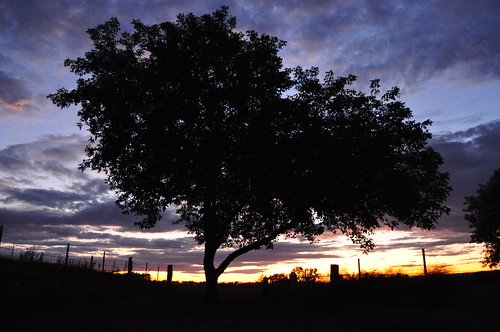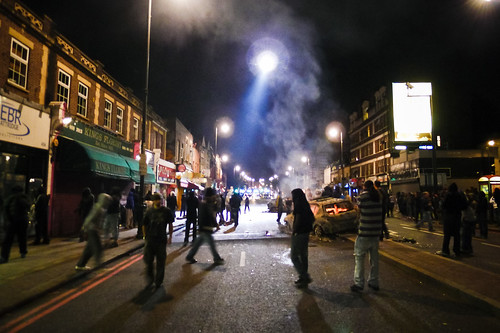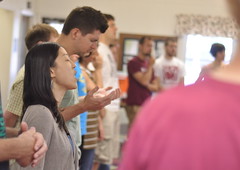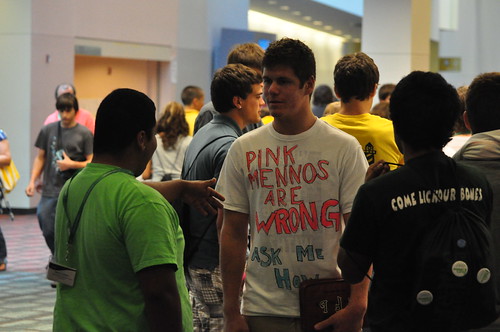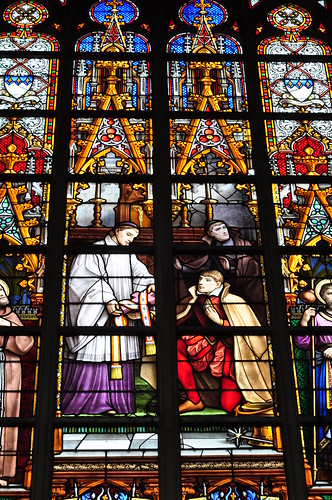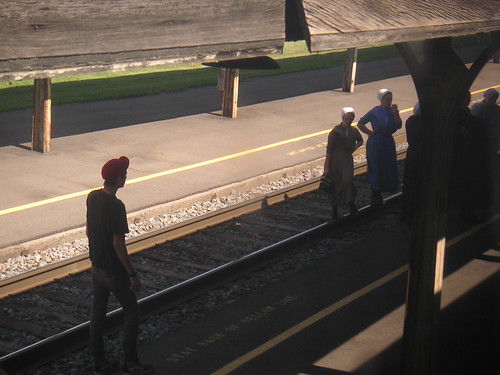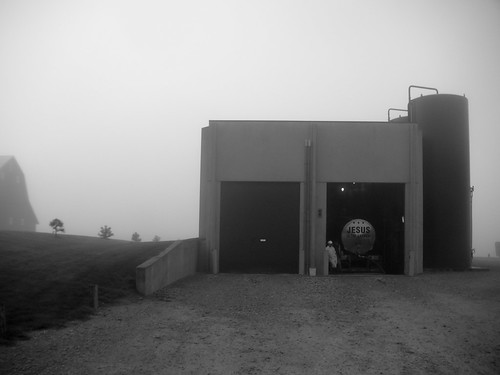Grieving and Honoring 5 years of Young Anabaptist Radicals
Yesterday was 5 years to the day since my first post here on YAR, a week after Eric opened things up.
I was writing a little over a month after I returned to the United States from two and a half years in the United Kingdom, where Anabaptism was a set of values and relationships rather than a bunch of denominations. I longed for something similar in the US. I first started sending emails out to people about the idea of starting a blog in October 2005, when I was still in England. As I said in my first post:
The people I talked with shared an interest in a space where they could explore Anabaptist values and how they apply to broad areas like economics, war and society and more specific issues like abortion, homosexuality and the “war on terror.” They wanted a space to disagree or agree openly with the church,with society and with each other.
This is attempt to build that space.
September 7, 2011 Anniversary, Meta (YAR), Sexism Read more >

